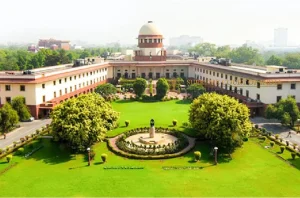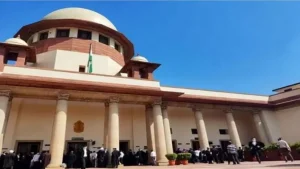
I. Introduction to Political Dynamics and Judicial Reforms
In the landmark case of Supreme Court Advocates-on-Record Association Vs. Union of India, the Supreme Court of India had made an important observation. In his concurring opinion, Justice Ratnavel Pandian wrote:
“As we have figuratively stated even at the prefatory note of the judgment, the primary right of proposal of any celebrated judicial structural reforms as well as reforms by the Constitution and composition of the Court is to vest only with the judiciary and judiciary alone because those reforms are concerned only with the judiciary.”
Since independence, the tussle between the executive and the judiciary has played out both in public and in private. One of the main reasons behind this tussle is the closed and protectionist stand taken by the judiciary over the years. It has posed significant challenges to the power balance within the three wings of the state. Therefore, the political executive has always attempted to limit judicial power through different manoeuvres, which the judiciary has resisted. One such manoeuvre is manifested in the programme of the political parties during the elections.
Political parties are aware that in the recent decades, there has been a growth in the sceptical viewpoint of the masses towards the judicial wing. It has been shaped by different issues including case pendency, appointment of judges, diversity within the judiciary and better access to justice. While a major part of the electorate believes that the judiciary is a trustworthy institution, others are of the view that its credibility is significantly eroded due to the abovementioned issues. Generally, it is the latter category that is wooed by the parties in India as well as abroad, who seek to tap the discontent of these voters with the judiciary.




